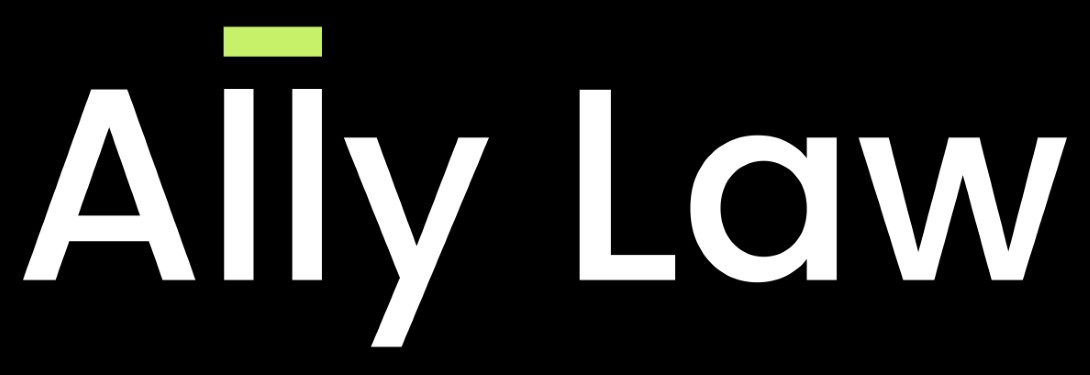By Jeffrey Chan
Hong Kong, 12 May 2025: The taxi industry in Hong Kong is undergoing significant regulatory transformation, driven by the government’s strategic emphasis on green transport, technological integration and elevated service standards.
For insurance providers exploring partnerships with large taxi fleets, a precise understanding of the evolving legal framework is essential. This analysis examines key policies impacting taxi fleet operators, with a focus on insurance implications, compliance obligations, and opportunities under current and anticipated regulations.
Licensing Framework and Operator Profiles
The Transport Department’s Taxi Fleet Licence regime, introduced in 2024, mandates stringent operational criteria for fleet operators, including vehicle quality, driver training, and technological integration. Five operators secured conditional licences in July 2024, collectively managing approximately 3,500 taxis, representing about 20% of the market.
Amongst these, Tai Wo Management Limited, operating the “Joie” fleet, emphasises multilingual services and wireless connectivity, aligning with accessibility requirements. SynCab Service Limited operates hybrid vehicles across urban and New Territories regions, supported by electronic booking platforms.
CMG Fleet Management Limited, known as the “Amigo” fleet, integrates AI-driven dispatch systems, while Sino Development (International) Company Limited, operating the “Big Bee” fleet, prioritises electric vehicle adoption. Big Boss Taxi Company Limited, meanwhile, focuses on premium services with six-seater taxis.
These operators reflect the sector’s shift toward digitalisation and sustainability, with licensing contingent on adherence to safety protocols, electric vehicle transition timelines, and real-time GPS monitoring.
Insurance Mandates and Emerging Liability Exposures
While third-party liability insurance remains a statutory minimum, fleet operators face amplified risks due to regulatory complexities. Enhanced coverage is critical for fleets offering wheelchair-accessible vehicles, as seen in Tai Wo’s “Joie” fleet, which heightens passenger injury liability. Electric vehicle-specific risks, such as battery fires and charging infrastructure malfunctions, are particularly relevant for operators like Sino Development, which has committed to electrification.
Insurers must also address business interruption risks linked to regulatory non-compliance, such as fleet suspensions if mandatory safety devices, including driver monitoring systems, fail inspections. Policies should encompass electric vehicle repair costs, cybersecurity for digital platforms, and driver training programmes.
Subsidies, Tax Incentives, and Compliance Obligations
The government’s Green Transformation Roadmap and the Hong Kong Roadmap on Popularisation of Electric Vehicles provide substantial fiscal incentives, including full first registration tax exemption for commercial electric vehicles and profit tax deductions for electric vehicle procurement costs. The “One-for-One Replacement” scheme, extended to March 2026, offers tax reductions of up to HK$172,500 for replacing fossil-fuel vehicles with electric private vehicles.
Fleet operators must also comply with safety mandates, including onboard CCTV systems, electronic payment options, and visible fleet identification, such as CMG’s neon pink branding. Non-compliance risks licence revocation, necessitating insurer-led audits and risk management support, particularly for electric vehicle charging infrastructure.
Legislative Developments and Strategic Considerations
Recent legislative measures further shape insurance liabilities. The marketisation of electric vehicle charging in government facilities appears to shift infrastructure liability to operators, requiring updated policy clauses for fleets reliant on public charging. Proposed 2026 emission targets, including a 48% new energy vehicle sales mandate, will accelerate fleet renewal cycles, particularly for operators.
The 2024 Policy Address emphasises driver training enhancements, mandating annual refresher courses on safety and service standards, potentially mitigating human error risks. Insurers must anticipate Northern Metropolis Development Plan expansions, which may alter cross-region service liabilities, and adapt coverage to evolving technological mandates.
Value of Regulatory-Aligned Insurance Partnerships
Navigating this landscape demands collaboration with insurers proficient in Hong Kong’s transport regulations. Key advantages include alignment with electric vehicle subsidy frameworks, tailored coverage for emerging risks such as AI system failures, and efficient claims resolution in technology-dependent fleets. Proactive adaptation to legislative shifts, such as tightened emission standards or charging infrastructure rules, ensures long-term viability for operators and insurers alike.
Hong Kong’s taxi fleet regime presents dynamic opportunities for insurers, underpinned by green incentives, technological mandates, and rigorous compliance standards. Operators exemplify the sector’s alignment with regulatory objectives, reinforced by the Policy Address initiatives. By addressing electric vehicle-related liabilities, leveraging fiscal incentives, and ensuring regulatory adherence, partnerships with experienced insurance providers can mitigate risks and support Hong Kong’s sustainable mobility vision.
Jeffrey Chan has been a Partner in BC&C since 2015 and leads the firm’s Insurance and Personal Injury team which advises on legal matters and handles court cases for insurance companies and/or their insured parties. He practices all areas of civil litigation with a particular emphasis on personal injuries and property damage claims, employees’ compensation legislation and insurance-related disputes. He can be contacted at jeffrey@boasecohencollins.com.
Trainee Solicitor Leann Au contributed to this article.



